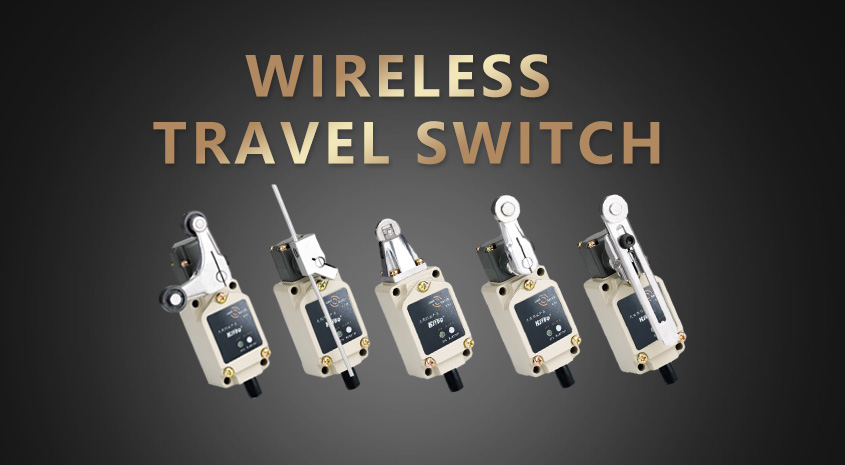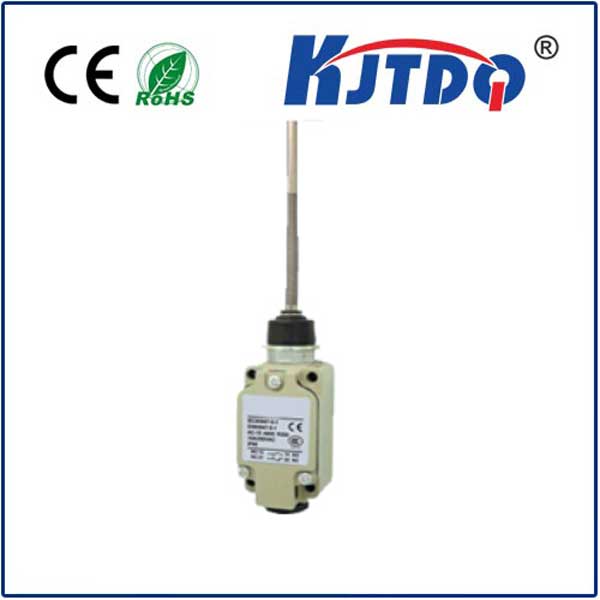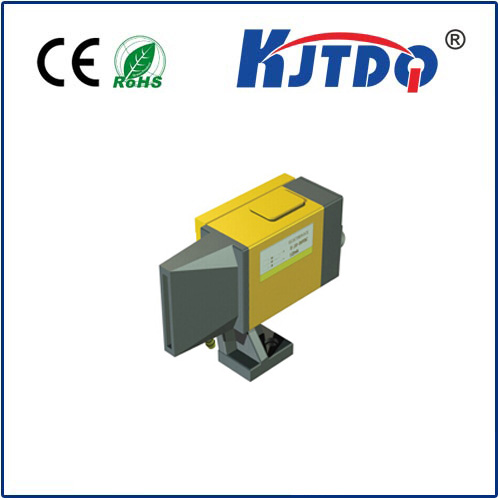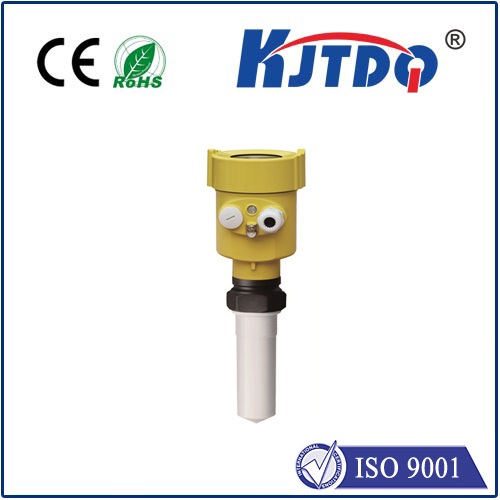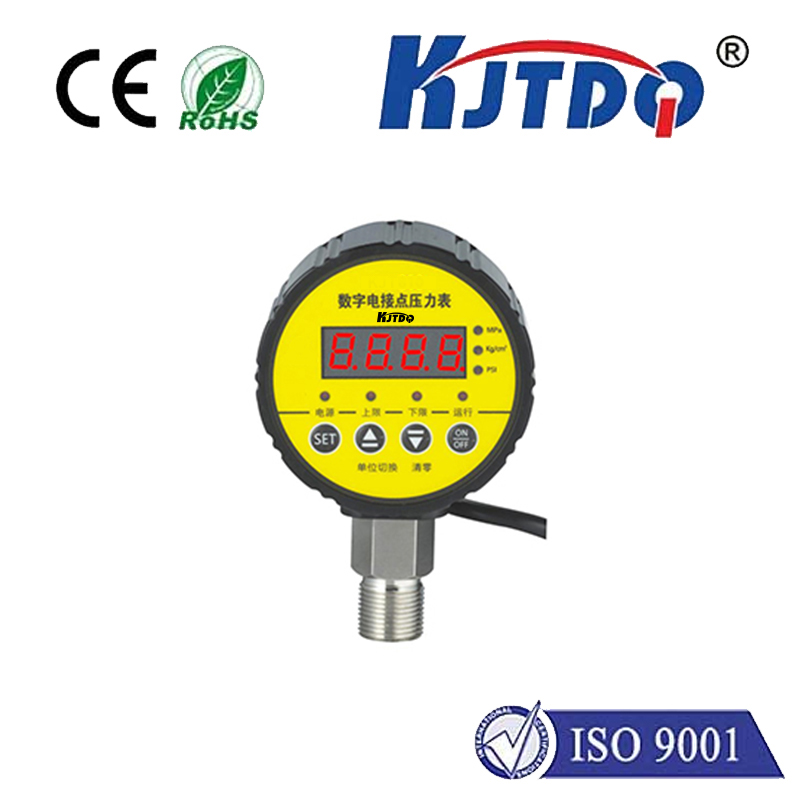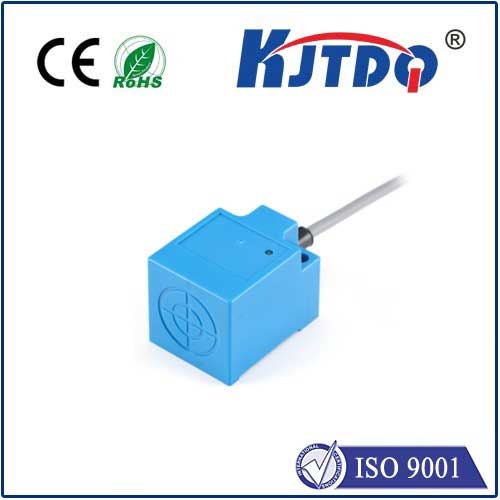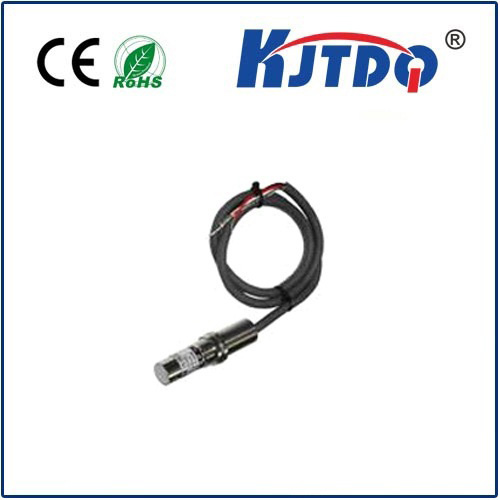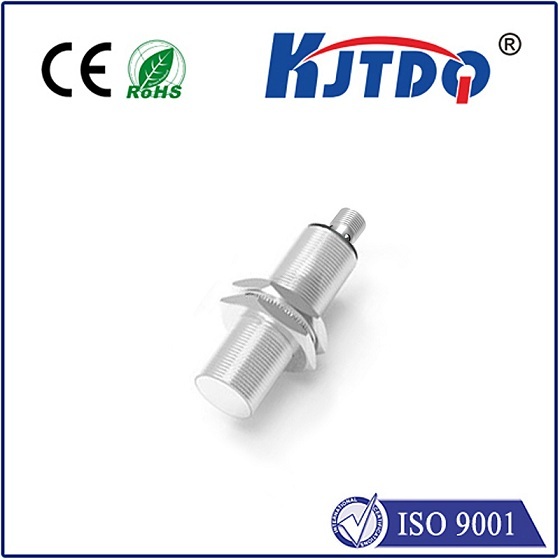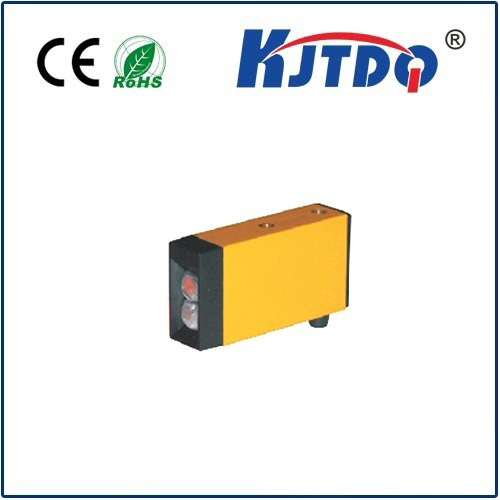ограничитель предотвращения столкновений
- time:2025-08-02 04:27:24
- Нажмите:0
The Unsung Guardian: How Anti-Collision Limit Switches Keep Your Operations Safe
Imagine a massive overhead crane gliding smoothly across a factory floor, carrying tons of valuable cargo. Suddenly, it approaches the end of its travel path – the physical boundary. Without intervention, a catastrophic collision with the structure could occur. This is where the silent yet critical hero steps in: the Anti-Collision Limit Switch. Often overlooked but fundamentally vital, these devices are the linchpins of mechanical safety and precision control in countless industrial and automation scenarios.
Understanding the Core Concept
At its essence, an Anti-Collision Limit Switch is an electro-mechanical guardian. It’s designed to detect the presence or position of a moving object and instantly interrupt its motion when it reaches a predetermined limit. Think of it as a highly reliable “Do Not Pass This Point” sensor. Its primary mission is collision prevention – stopping machinery before it impacts another object, itself, or travels beyond its safe operating envelope. This prevents costly damage to equipment, infrastructure, and, most crucially, protects personnel.
How Does This Safety Sentinel Work?
The operating principle is elegantly simple, relying on robust mechanical action:
- Physical Contact: The switch features a robust actuator arm, roller lever, or plunger positioned strategically along the path of movement.
- Triggering: As the moving object (like a crane trolley, elevator car, automated guided vehicle (AGV), or gate) reaches its designated safe limit, it makes physical contact with the actuator.
- Circuit Interruption: This contact forces the actuator to move, changing the internal state of the electrical contacts within the switch. This action typically opens (breaks) the control circuit powering the drive motor or movement mechanism.
- Immediate Halt: With the control circuit broken, power to the drive system is instantly cut, stopping the machinery safely at the limit point.
- Reset: Movement can only resume once the object moves away from the limit switch, resetting the actuator and closing the control circuit again.
This direct, physical actuation provides a high degree of reliability and fail-safe operation – a fundamental requirement for safety-critical applications.

Why Anti-Collision Limit Switches Are Non-Negotiable
Their importance cannot be overstated. Here’s what makes them indispensable:
- Personnel Protection: They form a critical layer in machine guarding, preventing workers from being struck by or caught in moving parts operating outside their intended zone. This is paramount for Occupational Safety and Health (OSH) compliance globally.
- Asset Protection: Preventing collisions safeguards expensive machinery, structural elements (like building columns or rails), transported goods, and vehicles from impact damage – significantly reducing downtime and repair costs.
- Process Reliability: They ensure automated systems operate within their designed parameters, preventing jams, misalignments, and sequence errors caused by over-travel.
- Reduced Downtime: By proactively stopping collisions before they happen, limit switches prevent the extensive downtime required for repairs following an impact. This directly boosts productivity.
- Compliance: Their use is often mandated by international safety standards (like ISO 13849, IEC 62061, ANSI/ASME B30 series for cranes) and regional regulations. Properly selected and installed limit switches are evidence of due diligence.
Where You Find These Essential Safeguards
Anti-collision limit switches are ubiquitous in industries where controlled movement is paramount. Key applications include:
- Перевозка материалов: Overhead cranes, gantry cranes, hoists, conveyors, stackers/reclaimers (preventing trolley, bridge, or hoist over-travel).
- Elevators & Lifts: Preventing elevator cars from overrunning the top or bottom floor landings (final limit switches) and ensuring doors operate safely.
- Automated Guided Vehicles (AGVs) & Mobile Robots: Defining travel paths, stopping at stations, preventing collisions with obstacles or other vehicles.
- Industrial Doors & Gates: Limiting opening and closing travel to prevent damage to the door, frame, or surrounding structure.
- Assembly Lines & Automation: Positioning components accurately within robotic cells and machinery, preventing arms or tools from moving beyond safe zones.
- Process Machinery: Controlling the travel of valves, actuators, and slides in chemical plants, refineries, and manufacturing lines.
Choosing the Right Anti-Collision Limit Switch
Selecting the appropriate switch is crucial for optimal performance and safety. Consider these factors:
- Environment: Is it exposed to dust, moisture, chemicals, extreme temperatures, or explosive atmospheres? Choose switches with suitable IP (Ingress Protection) ratings (e.g., IP65, IP67) or hazardous area certifications (ATEX/IECEx) as needed.
- Force & Durability: How much force will the actuator experience? Ensure the switch is robust enough to withstand repeated impacts and the physical demands of the application. Look for durable housing materials like metal or high-grade plastic.
- Actuator Type: Roller levers (rotary or linear) are common for detecting passing objects. Plungers offer precise point detection. Choose the type best suited to the motion path and contact point.
- Electrical Ratings: Match the switch’s contact ratings (voltage, current – AC/DC) to the requirements of the control circuit it needs to interrupt.
- Safety Integrity Level (SIL) / Performance Level (PL): For applications requiring higher safety performance, select switches designed and certified to meet specific SIL (IEC 61508⁄62061) or PL (ISO 13849) requirements.
- Mounting & Adjustment: Ensure easy, secure, and precise mounting options suitable for the installation location. Fine adjustability is often critical for accurate positioning.
Installation and Maintenance: Ensuring Long-Term Reliability
Even the best switch is only effective if installed and maintained properly:
- Precise Positioning: Mount the switch securely with the actuator aligned correctly to engage reliably at the exact point needed. Use sturdy brackets. Double-check alignment before operation.
- Protection: Where necessary, use guards to shield the switch body from accidental impacts or environmental hazards, while ensuring the actuator remains freely accessible to its target.
- Regular Inspection & Testing: Implement a schedule to visually inspect switches for physical damage, corrosion, or loose fittings. Periodically functionally test them by manually activating the actuator and verifying the machine stops as intended. Document these checks.
- Timely Replacement: Do not delay replacing a damaged or malfunctioning switch. Its reliability is a direct line to safety.
The Future: Integration and Intelligence
While the core electro-mechanical principle remains steadfastly reliable, anti-collision limit switches are evolving. Integration with proximity sensors (inductive, capacitive), encoders for absolute position feedback, and wireless communication modules offers enhanced diagnostics and integration into broader safety networks or Industrial Internet of Things (IIoT) platforms. However, the fundamental role of the robust mechanical switch as a primary safety interlock remains irreplaceable due to its inherent simplicity and fail-safe nature.
In Summary
The Anti-Collision Limit Switch, though often a small component, plays an absolutely critical role in safeguarding lives, protecting valuable assets, and ensuring the smooth operation of industrial systems. Its simple, reliable mechanism acts as a definitive physical barrier against unintended over-travel and collisions. Understanding their function, proper selection, diligent installation, and consistent maintenance are not just operational necessities; they are fundamental responsibilities for anyone managing automated or moving machinery. Investing in the right limit switches and their upkeep is an investment in safety, efficiency, and peace of mind.





